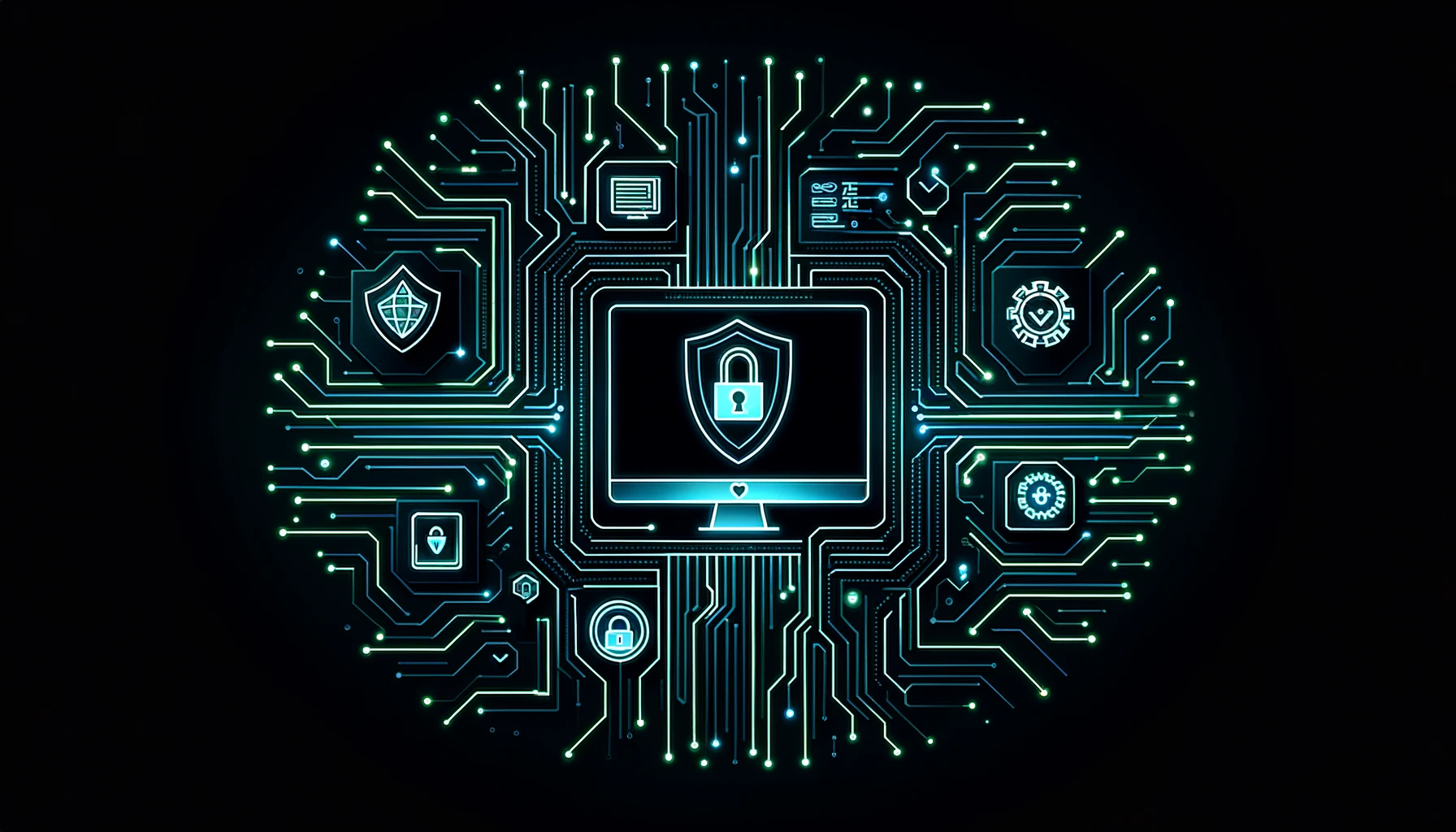Malware
Malware
Malware, short for malicious software, is designed to harm, take over, or disrupt devices, systems, or networks. Common types of malware include viruses, ransomware, spyware, and trojans. Malware often spreads through phishing emails (fake emails that trick you into clicking harmful links), infected websites, or by downloading bad files. It can steal your data, spy on what you do, or cause damage without you knowing.
To learn more about malware and how to remove it, visit our article on removing malware.
Key Points
- Malware Definition: Malware is software made to damage or take over systems.
- Common Types: Viruses, trojans, ransomware, spyware, worms, adware.
- How It Spreads: Email attachments, bad websites, downloads.
- Prevention Tips: Update software, use antivirus, use strong passwords.
- Tools to Stay Safe: Antivirus, firewalls, and penetration testing can help protect you.
Related Term
Types of Malware
- Viruses: These attach to real programs or files and copy themselves when run. They can spread to other files and damage them.
- Trojans: Trojans pretend to be helpful software so that users will install them. Unlike viruses, they do not copy themselves but give attackers access to systems.
- Ransomware: Ransomware locks you out of your data or device and asks for money to unlock it. It can cause big problems, like in the WannaCry and CryptoLocker attacks.
- Spyware: Spyware is installed secretly to watch what users do and gather data without them knowing.
- Adware: Adware shows unwanted ads and sometimes works with spyware to track what users do online.
- Worms: Worms do not need a host file to spread. They copy themselves and can move through networks, causing issues and using up system resources.
For more information about different kinds of ransomware, check out our Ransomware Guide.
How Does Malware Spread?
Malware spreads in different ways by taking advantage of system weaknesses and human mistakes. The most common ways it spreads are:
- Phishing Emails: Phishing emails trick users into clicking on bad links or downloading infected files. You can learn more in our blog post on Phishing Simulation.
- Malicious Websites: Hackers make fake websites that infect visitors with malware.
- Infected Downloads: Malware is often hidden in free software downloads from untrusted sites.
- USB Drives: Attackers can spread malware through USB drives, also called USB-based malware.
- Network Vulnerabilities: Hackers often use weak, unsecured networks to spread worms and other malware that copies itself.
How to Prevent Malware Infections
- Use Antivirus Software: Install and update antivirus programs to find and remove malware. Antivirus software uses signature-based detection to find known threats.
- Keep Software Up to Date: Regular updates help fix security holes that malware can use to break into your system. Learn more about Patch Management.
- Educate Users: Regular cybersecurity awareness training helps users understand threats like phishing and social engineering.
- Use Strong Passwords: Use multi-factor authentication (MFA) and strong, unique passwords to keep accounts safe.
- Network Segmentation: Split your network into different sections so malware cannot easily spread everywhere. This helps protect your systems.
FAQ
Malware can spread through email attachments, infected websites, software downloads, and across networks.
By using antivirus software, regular updates, careful handling of email attachments, and unknown links.
The most common types include viruses, worms, Trojans, ransomware, and spyware.




































